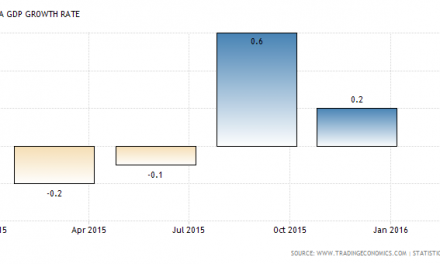The United States auto industry topped sales estimates in August, shrugging off the whirling stock market as Consumers’ penchant for SUVs and pickup trucks continued. Since July 2005, August was the only month that witnessed such a strong auto sales in the U.S. According to Autodata Corp, the annualized selling rate in the month was 17.8 million, easily surpassing the forecast of 17.3 million.
According to a senior analyst at HIS Automotive, Stephanie Brinley, the trends are mostly consistent with the first months of 2015 in spite of worldwide economic anxieties at the end of August. “So far, consumers still have strong confidence and fundamentals are holding for a solid year.”
The possible driving factors behind the strong sales
According to Yong Yang, Ford’s senior economist, the low fuel prices, low interest rates and the low inflation have benefited consumers. Fred Diaz, Nissan Senior Vice President, said that he believed the auto industry would continue registering a great momentum throughout the remaining months of the year.
The dramatically changing stock markets seemed to have little effect on auto purchases, which are early indicators of consumer spending each month.
“All economic fundamentals that we consider, including disposable income, job growth, and fuel prices are in good shape, hence sales should still be strong,” said the head of U.S. sales for GM, Kurt McNeil.
“August experienced the highest level of the U.S. consumer confidence since January,” said Bill Fay, head of Toyota sales in the United States.
The consumers thus had an appetite for automobiles in August, despite the roller-coaster stock markets.
Different Automakers’ Sales Performances
The U.S. auto market saw the six largest automakers outshining the sales expectations of industry analysts. Even though Honda, Toyota, GM and Nissan reported slowdowns, the declines in their sales were not as severe as forecasted.
GM, the leading automaker in the United States market by vehicle sales, pointed out that its sales slipped 0.7% in August.
The number two U.S. automaker, Ford Motor, reported a gain of 5%, effortlessly beating forecasts.
The number three automaker, Toyota Motor Corp, showed a decline of 8.8%.
In spite of analysts expecting for a decline in Fiat Chrysler Automobiles (FCA) sales, the company posted a 2% rise, boosted by Jeep SUVs.
Honda Motor Company posted a 7% decline while Nissan Motor Company went down by 1%.
Why Analysts’ Forecast was Surpassed
Analysts had forecasted a low August sales in auto market largely basing their expectations on a hole in the calendar that place sales over the United States Labor Day holiday weekend into the next month’s sales. Even though Labor Day comes always in September, the auto industry in the United States usually reports the sales in August data.
Ford reported that for the first time this year, the sales of its F-series pickup trucks exceeded 70,000, at 71,332, up 4.7%. The head of U.S. Ford sales, Mark LeNeve said Ford truck and SUV sales both went up about 12% while sales of sedans fell by 7%.
GMC Sierra pickup trucks and GM’s Chevrolet Silverado together beat Ford’s F-Series at more than 76,000. Silverado sales went up by 11.7% and Sierra sales rose by 7%.
Will the sales continue going up after some years?
However, analysts say that after several consecutive years of gains, sales may begin to level off.
”In general, the next two to three years will witness an auto industry that is in a healthy and steady plateau,” Barclays analyst Brian Johnson asserted in a research note on Thursday.
Therefore, the automakers may comfortably enjoy their current high sales but get prepared for a future plateau.



